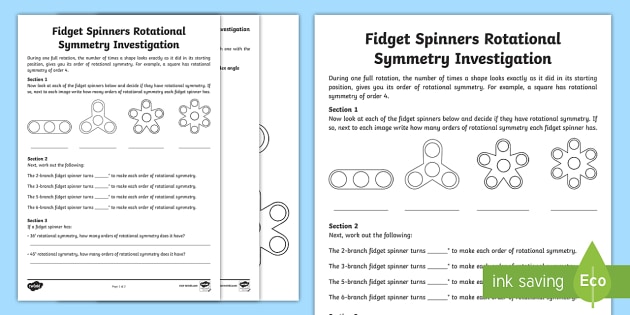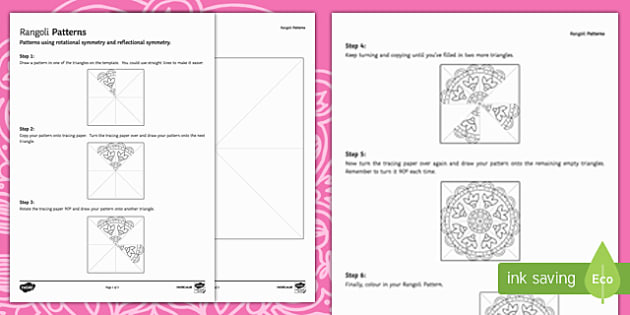

Rotational Symmetry is the property a shape has when it looks the same after rotation as it did at its starting point.
Rotational Symmetry is the property a shape has when it looks the same after rotation as it did at its starting point.
It is also called Radial Symmetry.
An object's degree of rotational symmetry is determined by the number of orientations in which it looks exactly the same as it did before rotation.
If you want to find out what your children should know about other types of symmetry, check out our Shapes with Lines of Symmetry Teaching Wiki.
This KS2 Fidget Spinners Rotational Symmetry Worksheet is a great resource to teach rotational symmetry to KS2 pupils. These worksheets explain how rotational symmetry works, using the familiar technology of fidget spinners to illustrate this.
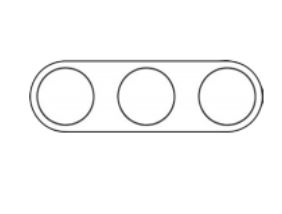
This shape has rotational symmetry of 2, as it only looks identical twice when rotated around a fixed point. It turns 180° to form each order of rotational symmetry.
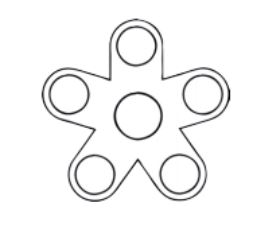
This shape has rotational symmetry of 5, as it only looks identical twice when rotated around a fixed point. It turns 72° to form each order of rotational symmetry.

This shape has rotational symmetry of 3, as it only looks identical twice when rotated around a fixed point. It turns 120° to form each order of rotational symmetry.
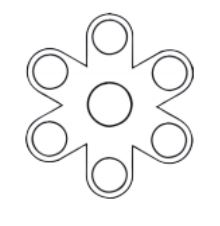
This shape has rotational symmetry of 6, as it only looks identical twice when rotated around a fixed point. It turns 60° to form each order of rotational symmetry.
This Rangoli Patterns: Rotational Symmetry Activity is another great resource for teaching rotational symmetry to KS2 students. This worksheet provides a series of informational segments on how to create a symmetrical Rangoli pattern using rotational symmetry.
At KS1, students will learn the foundations of rotational symmetry by being taught to identify and describe the properties of 2D shapes.
These properties include the number of sides that a shape has, as well as its line symmetry.

Students will learn more about rotational symmetry at KS2. Building on what they have learned about line symmetry and shapes, they should be able to use mathematical vocabulary to describe position, direction, and movement.
Students should also be able to distinguish between rotations as a turn and in terms of right angles, such as for quarters, half-turns, and quarter-turns, including clockwise and anti-clockwise.
This Rotational Symmetry PowerPoint is another great resource which can clearly explain rotational symmetry to KS2 students. This provides a full introduction to the topic of rotational symmetry.
Rotational symmetry is incredibly important for many different types of machines. Motors need rotational symmetry: without these, machines would stop working, and it could bring the entire world to a stop!
Rotational symmetry has been used for thousands of years. For example, wind farms use the motion of the wind to make their turbines turn.

In a similar way, electricity is generated in power plants through parts that have rotational symmetry. A nuclear power plant will use uranium to release heat energy. This is used to make steam, which turns turbines to generate electricity.
Hydroelectric plants also require parts with rotational symmetry to generate electricity. This is done by using moving water to turn turbines.
Use this video as a great introduction to symmetry, including rotational symmetry, for KS2 students!
 Home
Home  Membership
Membership  Customer Support
Customer Support  Create
Create  Blog
Blog 

